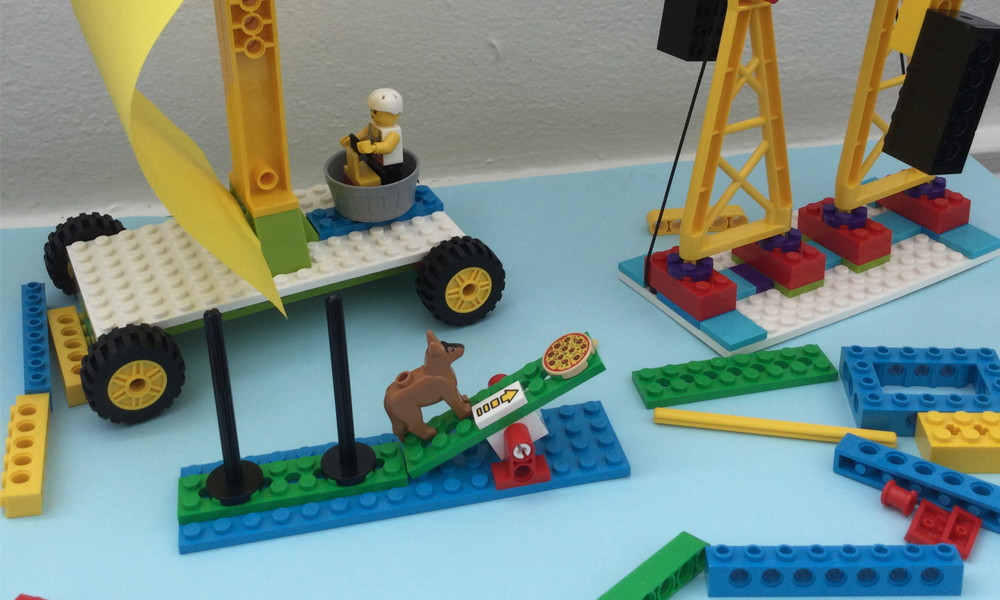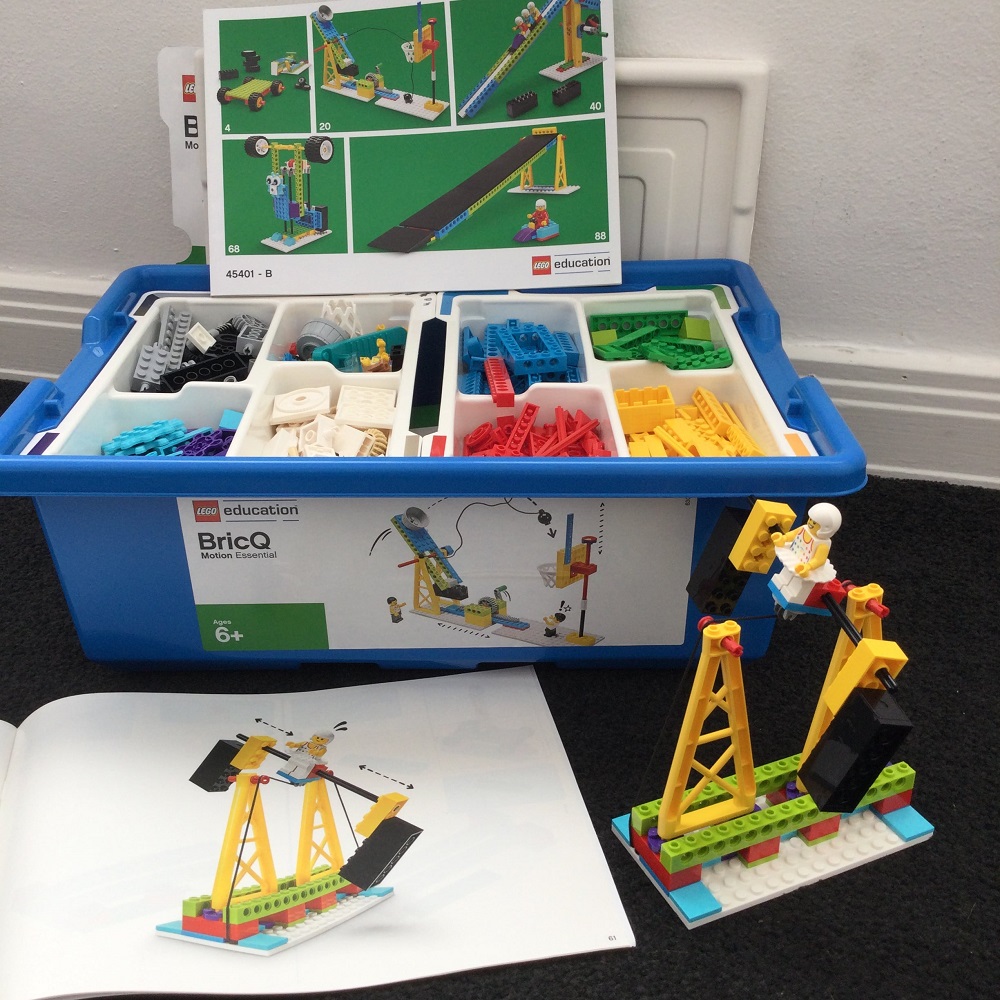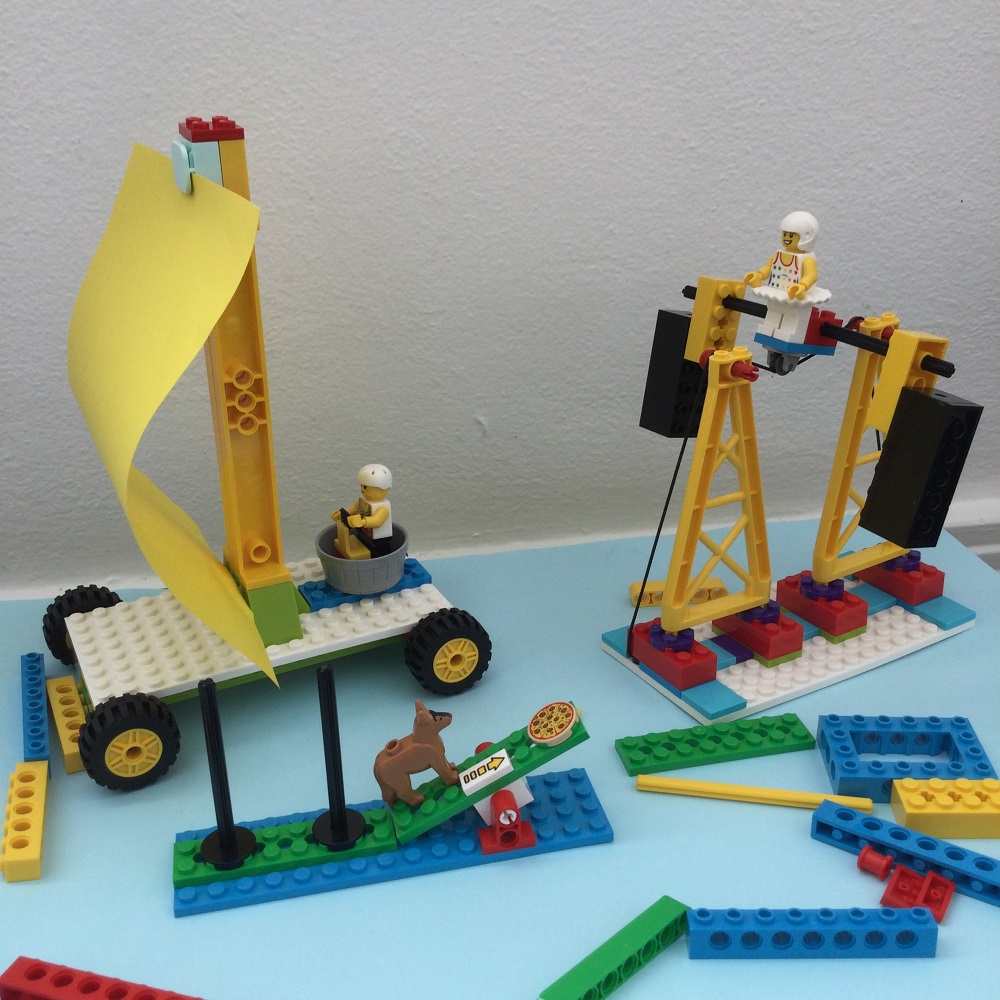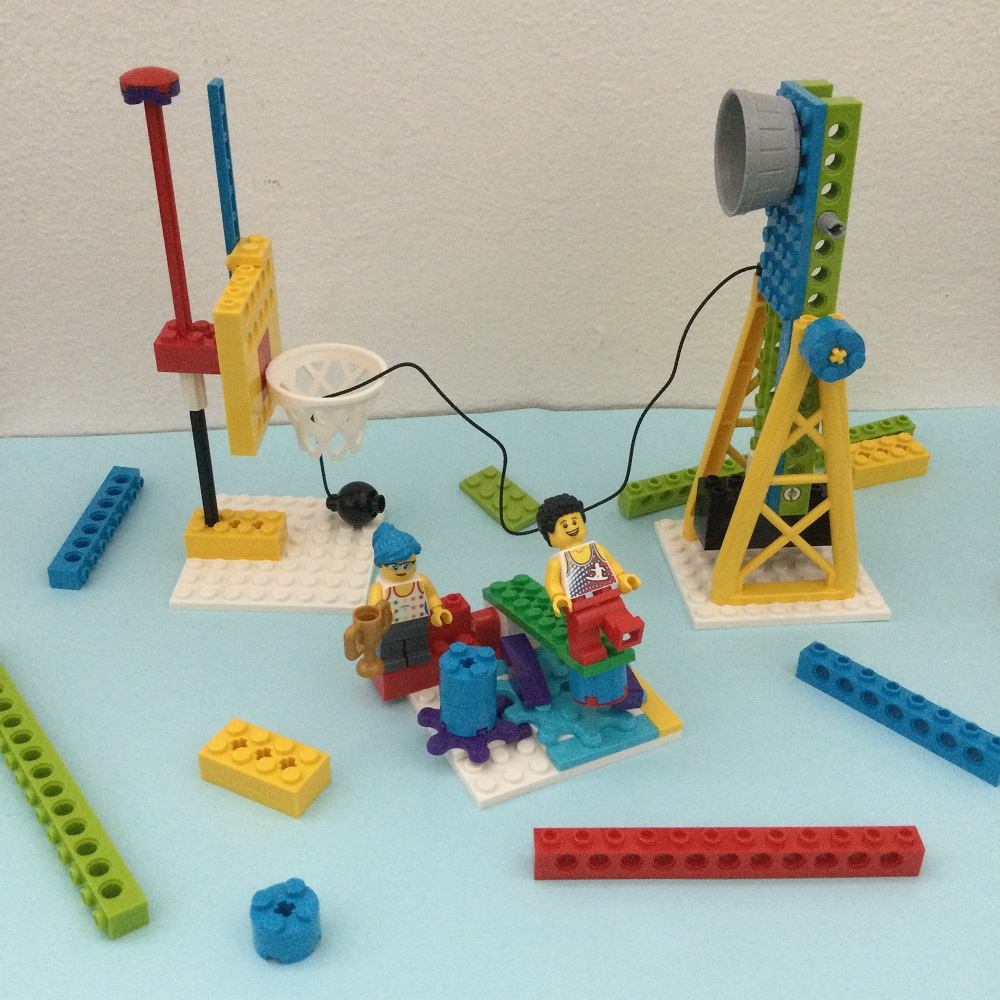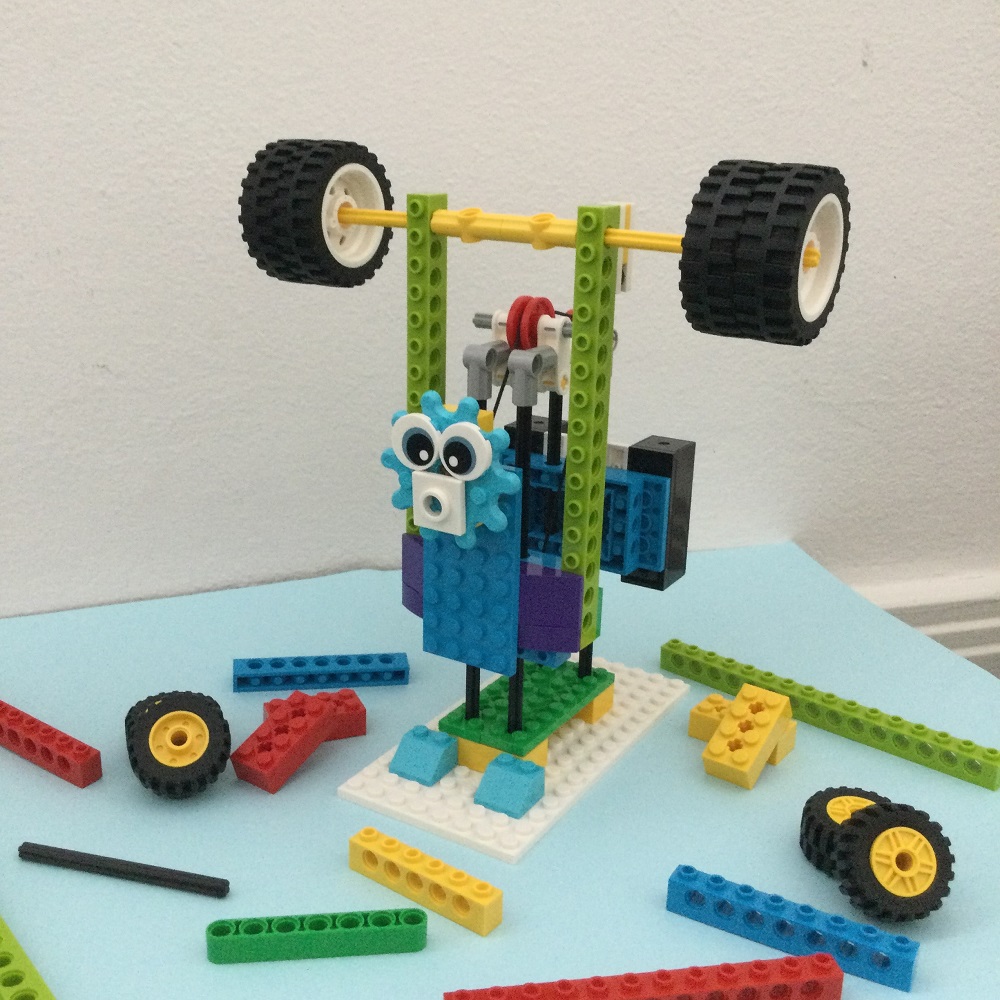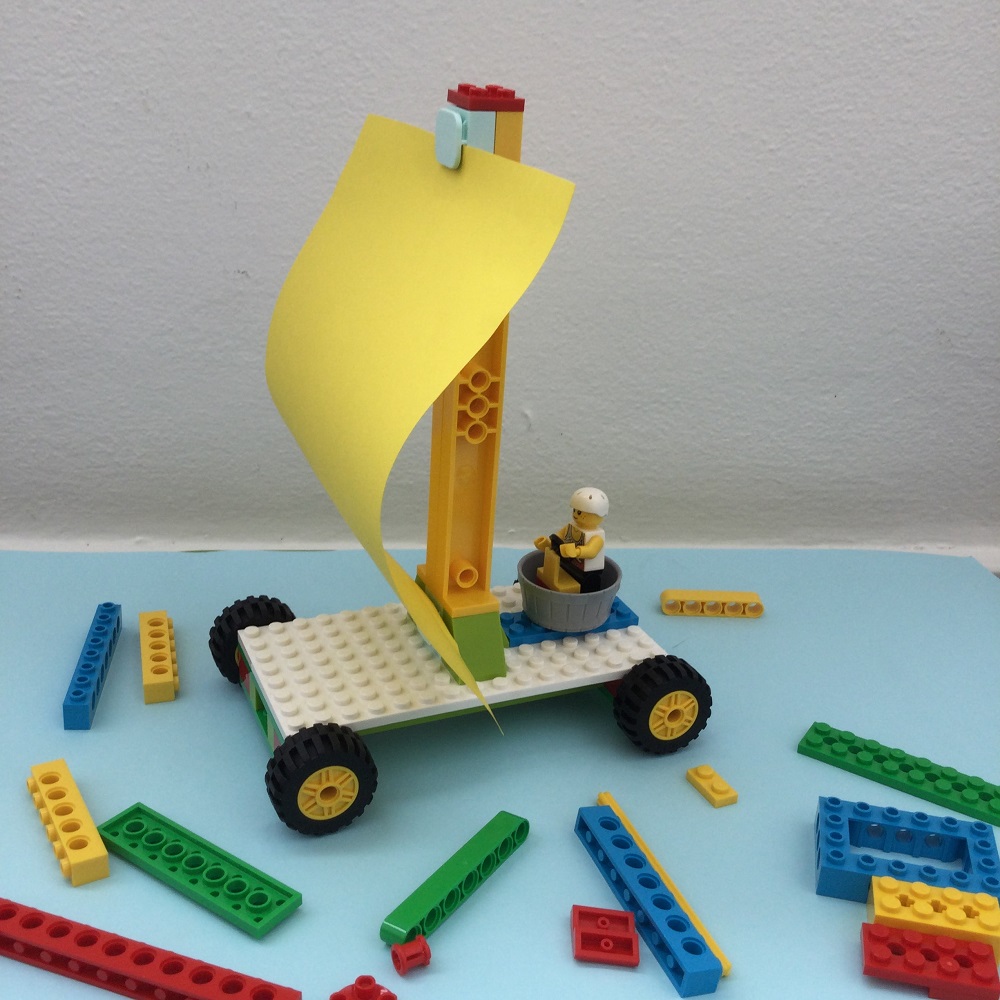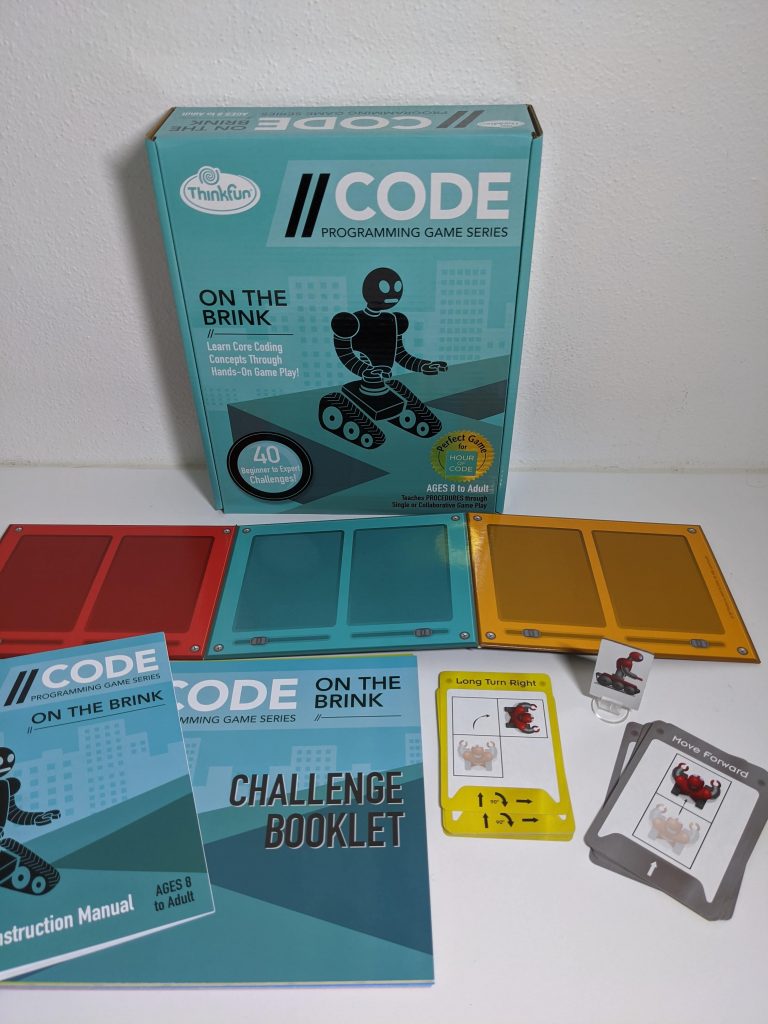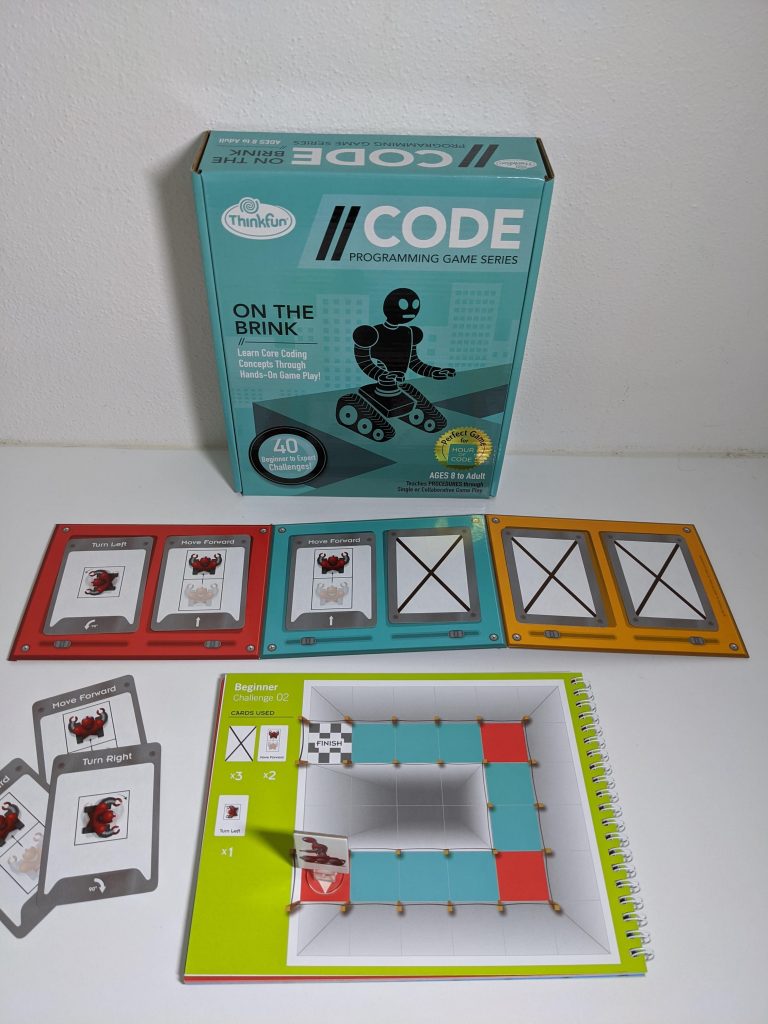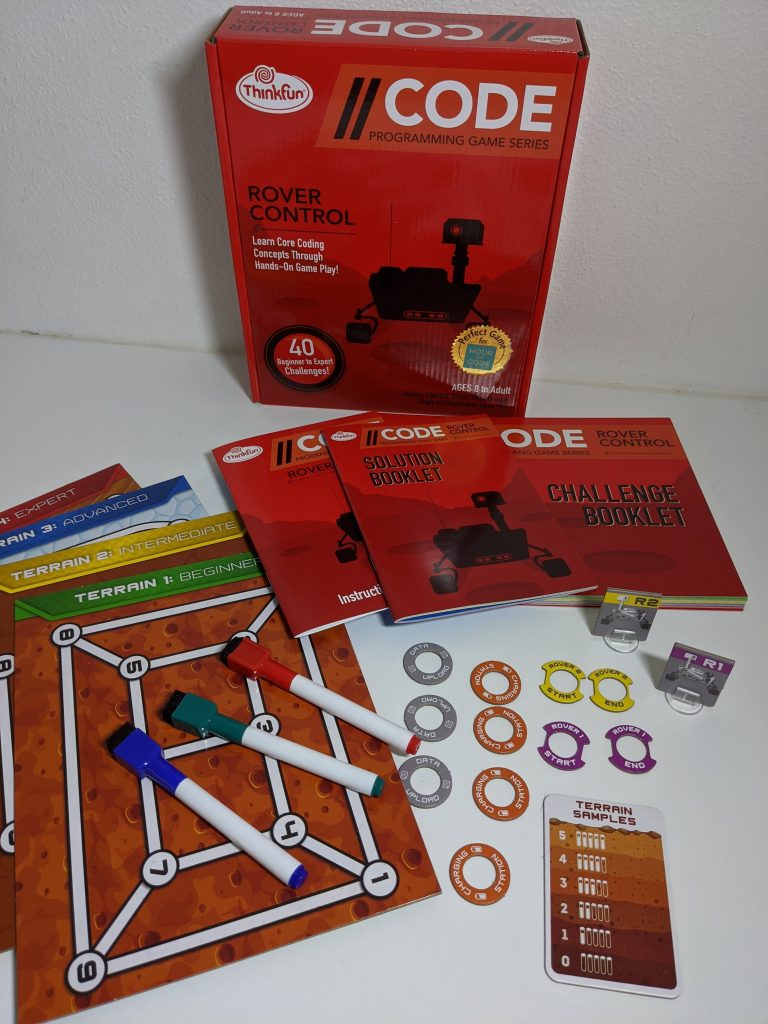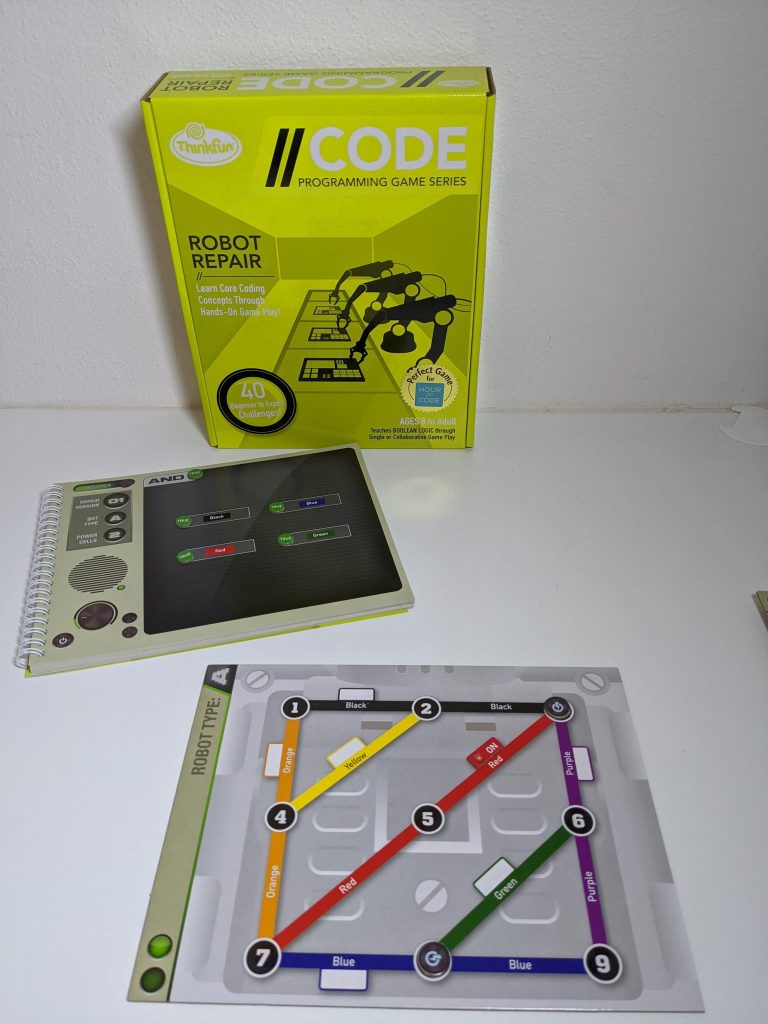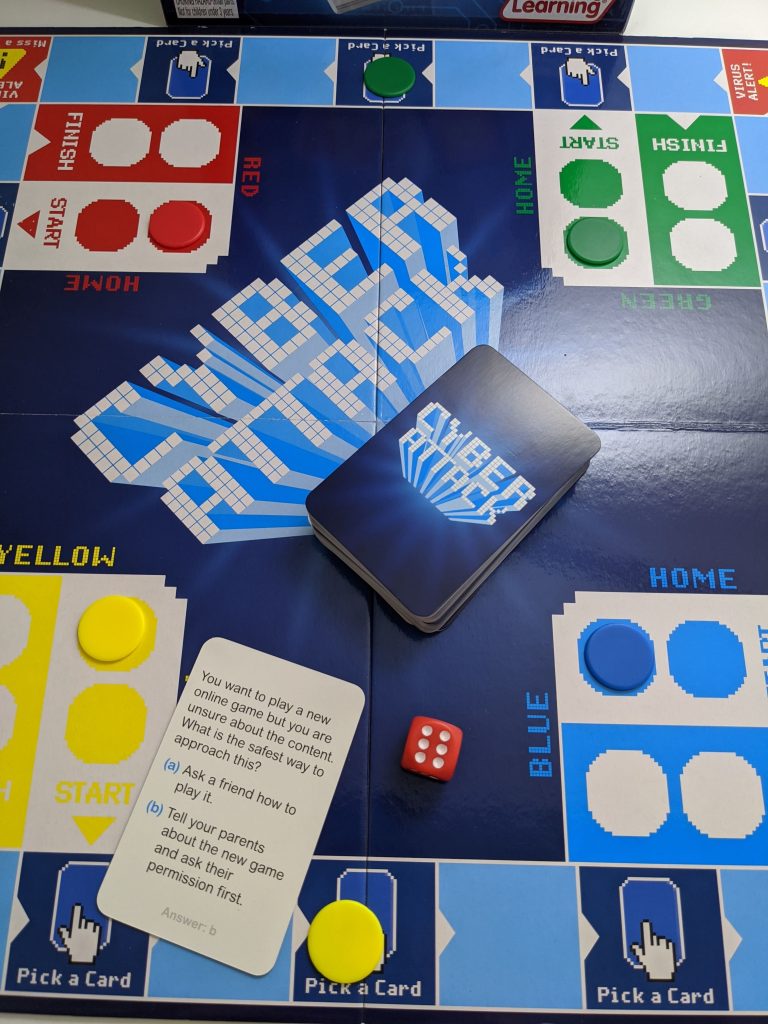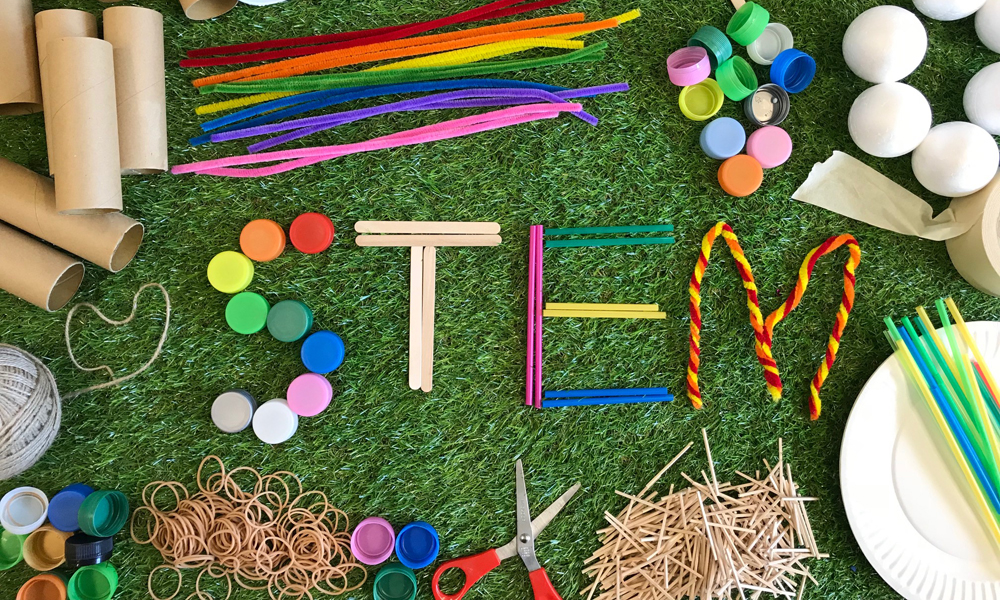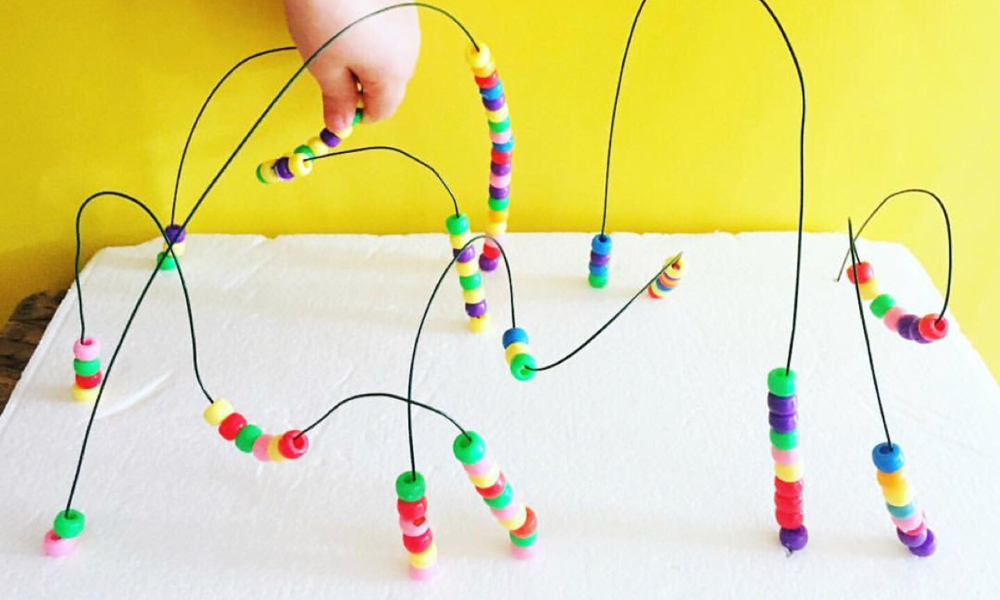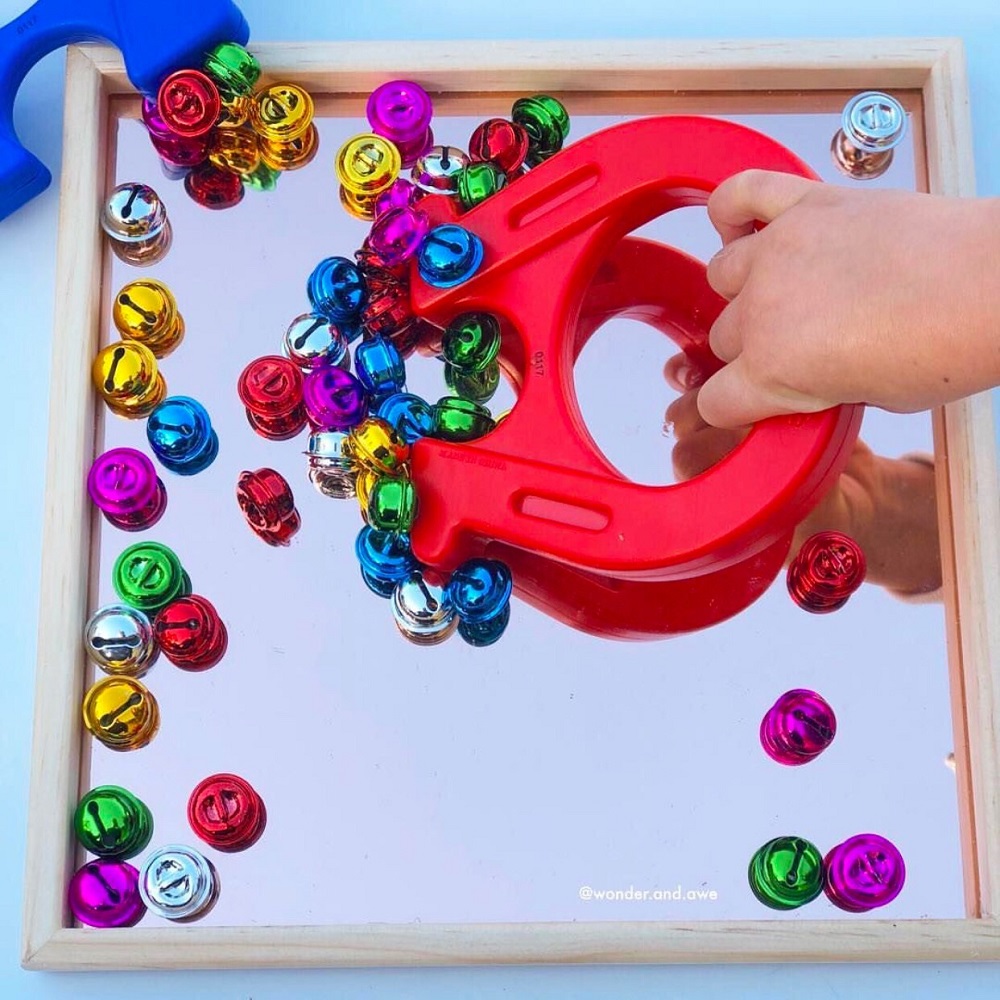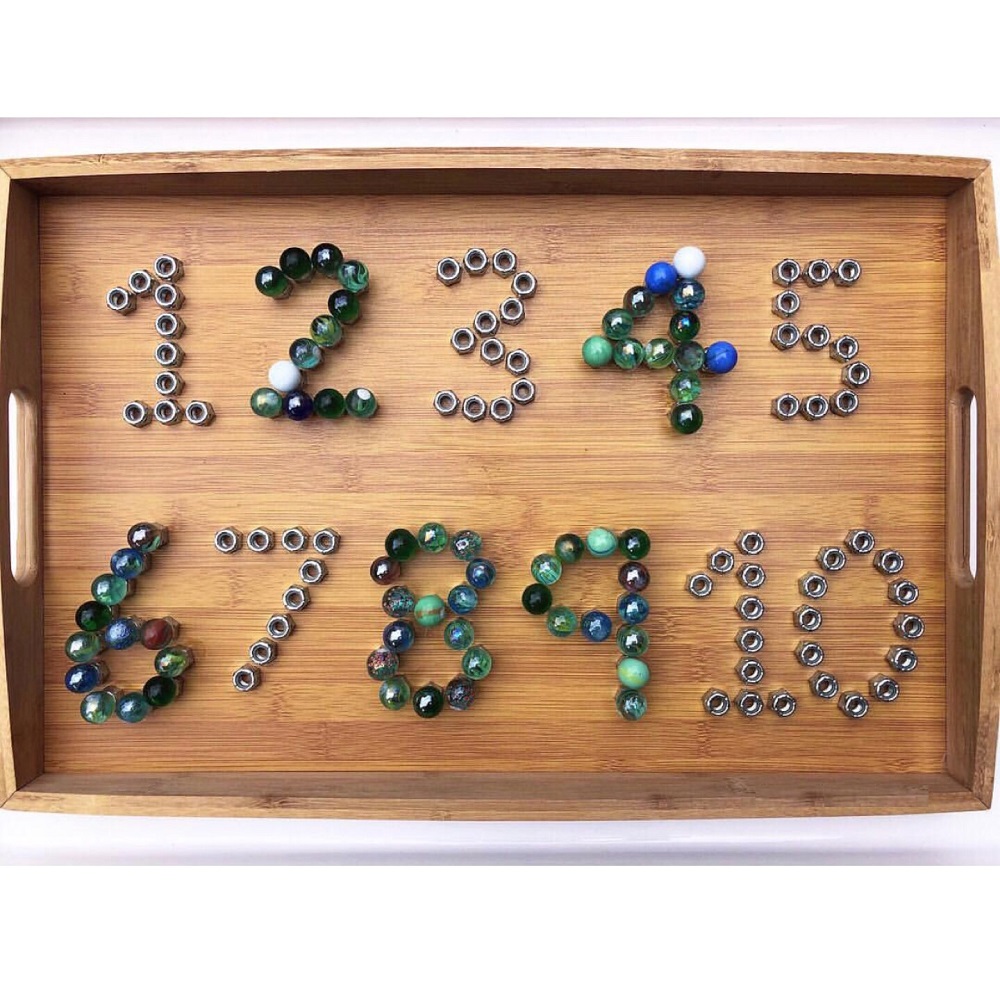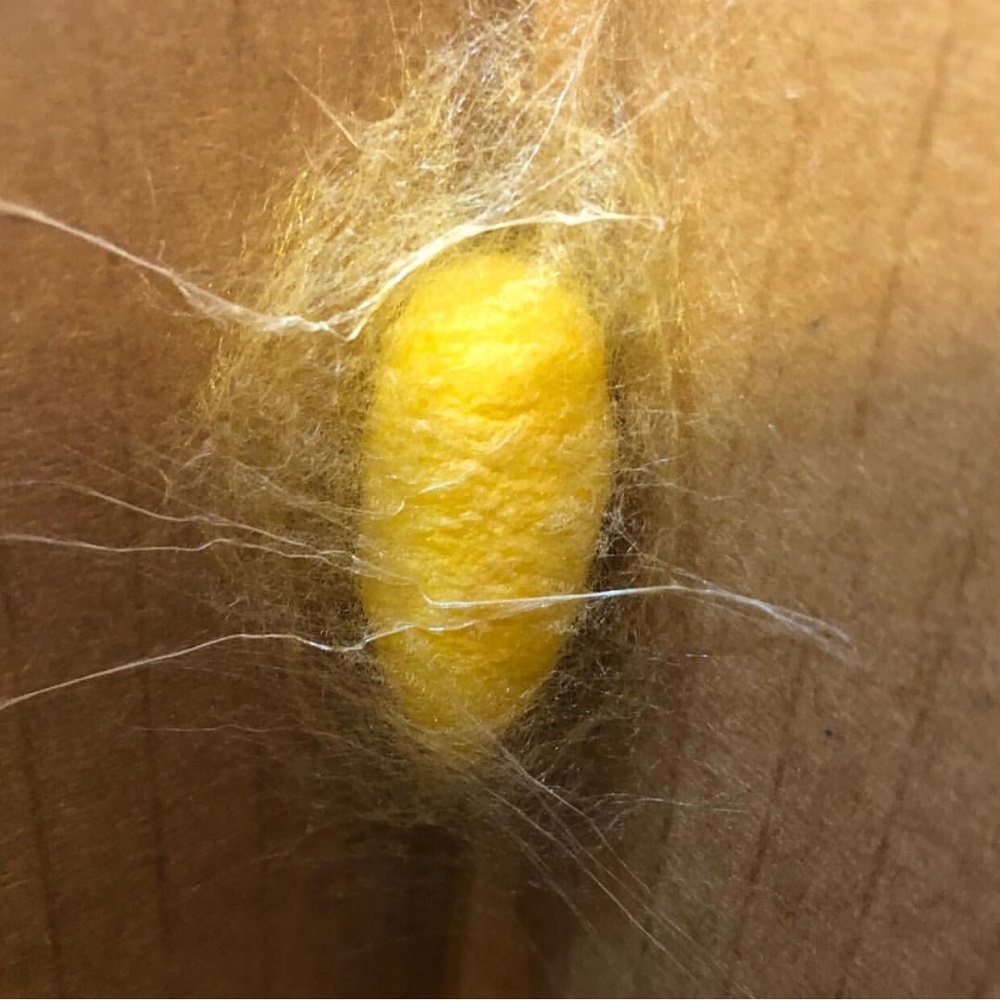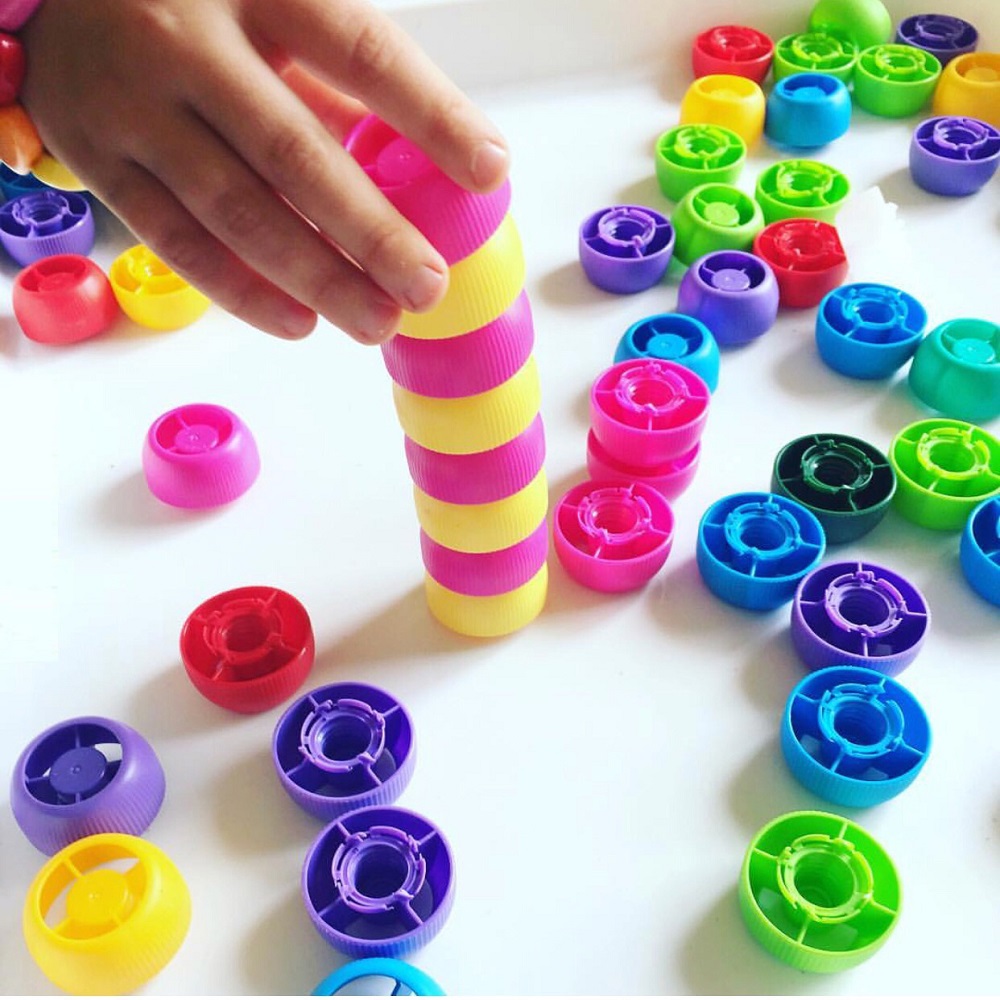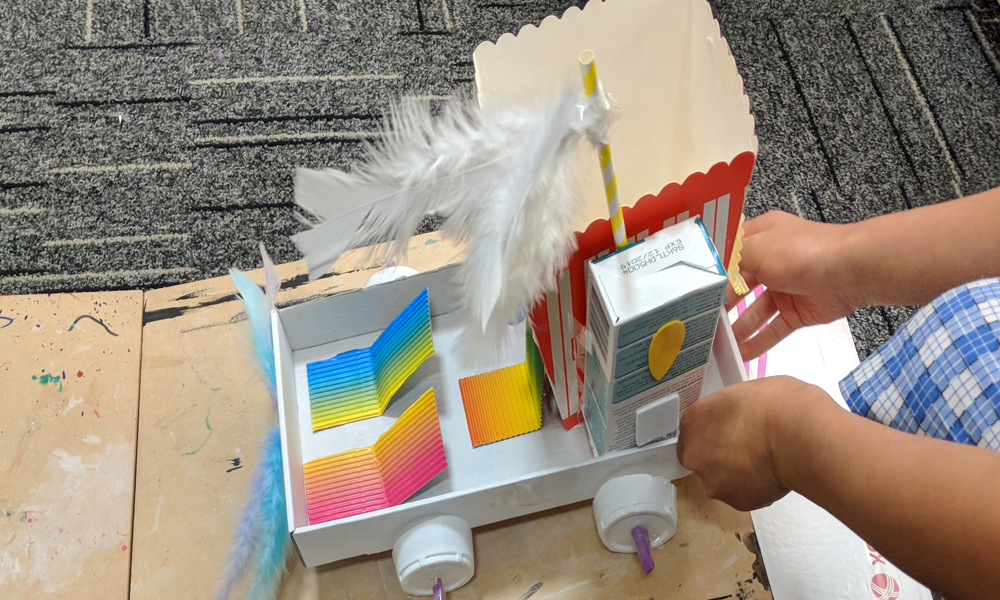The world is changing before our eyes. Digital technology has become a core part of our everyday lives. It’s predicted that our future workforce will spend more than twice as much time on tasks requiring science, maths and critical thinking than today.
According to the World Economic Forum’s ‘Reskilling Revolution’, 1.1 billion jobs are expected to be radically transformed by technology in the next decade.
Future careers will rely heavily on 21st century skills such as critical thinking, creativity, cultural awareness, collaboration and problem-solving. These require a priority focus on science, technology, engineering and mathematics (STEM).
The National STEM School Education Strategy 2016-2026 was agreed by education ministers in 2015 through the Council of Australian Governments (COAG) Education Council. It supports a long-term change agenda to ensure that students have a stronger foundation in STEM.
So where do girls and women sit in this STEM landscape?
According to the STEM Equity Monitor 2024, a national data resource on women’s and girls’ participation in science, technology, engineering and mathematics), there have been some improvements for girls and women in STEM:
- The gender pay gap improved for STEM industries. In 2023, the gap between women’s and men’s pay in STEM industries was 16%, compared to 17% in 2022.
- The numbers of women enrolling in university STEM courses and working in STEM jobs have increased. However, only 37% of university STEM enrolments are from women, and women represent 15% of all people working in STEM jobs.
There is still more to do before Australian girls and women have an equal opportunity to learn, work and engage in STEM:
- Girls continue to make up only one-quarter of year 12 enrolments in information technology, physics and engineering subjects.
- The 2023–24 Youth in STEM survey shows no improvement in girls’ ratings of the importance of STEM knowledge for their employment in future.
- Following the cohort of STEM university graduates from 2011 shows that, in 2021, 31% of women were working in STEM occupations compared to 56% of men.
The monitor continues to highlight the ongoing need to improve equity in STEM education and careers.
The History of Women in STEM
Women’s underrepresentation in STEM is not a new phenomenon. Historically, formal educational opportunities limited access to the hard sciences and technology. Many women who managed to acquire education were subsequently denied work in STEM fields. Generations of women struggled to achieve success or recognition in what were viewed as male domains.
Trailblazer Women in STEM Rollcall:
- Maria Mitchell
The first internationally known woman to work as a professional astronomer, Maria was also the first American to discover a comet, back in 1847. She was the first woman elected to the American Academy of Arts and Sciences in 1848.
- Ellen Henrietta Swallow Richards
This pioneering environmental chemist and industrial engineer is known for her work in sanitary engineering and domestic science in the1800s. She lay a foundation for home economics and was the first to apply chemistry to the study of nutrition.
- Elizabeth Blackwell
In 1849, Blackwell became the first woman to receive a medical degree in the US (graduating first in her class) and the first woman on the Medical Register of the General Medical Council in the UK. She tirelessly promoted women in medicine, even when faced with prejudice herself.
- Marie Curie
Curie moved from Poland to Paris to study physics and mathematics, becoming the first woman to become Professor of General Physics at the Sorbonne. Her research led to the isolation of polonium and radium, for which she and her husband won the Nobel Prize for Physics in 1903. Marie went on to win the Nobel Prize for Chemistry in 1911.
- Gerty Cori
After decades of struggle for acceptance, Cori became the first woman to be awarded the Nobel Prize in Physiology or Medicine in 1947 (along with her husband) for her role in the discovery of glycogen metabolism. Thanks to this discovery, we can better understand how the body processes food today.
- Rosalind Franklin
Using X-ray data, Franklin’s breakthrough in genetics and biochemistry was proving the 3D double-helix mosaic structure of DNA in 1953. Franklin died after her work was published, while her three male colleagues were awarded a Nobel Prize in 1962. The committee ruled against a posthumous nomination. Dubbed the Dark Lady of DNA, Franklin was unrecognised for much of her work.
- Dorothy Hodgkin
Chemist and STEM advocate, Hodgkin succeeded in determining the structure of penicillin which was crucial for its synthetic manufacturing and the role it plays in modern medicine. Hodgkin was awarded a Nobel Prize for Chemistry in 1964.
- Katherine Johnson
This STEM trailblazer was a mathematical genius who went on to use her geometric knowledge to research and map the flight paths of spacecraft. In the 1960s, her findings were crucial in helping to get the first person to the Moon.
- Edith Clarke
Clarke was an electrical engineering pioneer, earning many firsts, including becoming the first professional female electrical engineer in the U.S. In 1948, she was the first woman inducted into the American Institute of Electrical Engineers.
- Admiral Grace Murray Hopper
In 1952, computer scientist and mathematician, Hopper, developed the first compiler called A-0, which translated mathematical code into machine-readable code. This led her to co-develop COBOL, an early computer language. She also accurately predicted that computers would be an everyday tool, small enough to fit on a person’s desk!
- Chien-Shiung Wu
This Chinese-American nuclear physicist earned many accolades and her 1965 book, Beta Decay, is still a reference for nuclear physicists. Wu’s experiments using cobalt-60, a radioactive form of the cobalt metal disproved ‘the law of parity’ and led to a Nobel Prize in 1957 for two male theoretical physicists, but Wu was excluded.
- Dr. Sally Ride
One of only five women selected for the NASA class of 1978, Dr. Ride went on to become the first American woman in space in 1983. At age 32, she was also the youngest American astronaut to have flown in space.
Despite setbacks and struggles, these women broke down barriers, challenged the status quo and set an example for future generations of women in STEM. Continue the STEM Pioneer Deep dive here and here.
Incredible Women in STEM Today
Women in STEM fields are also making huge strides today, as well as inspiring the next generation. Some of these movers and shakers include:
- Dr. Joanne Liu
As the first female international president of Doctors Without Borders, Liu played a key role in responding to the Ebola crisis in West Africa and the Cholera epidemic in Haiti and is a passionate advocate for improving global health systems.
- Dr. Jane Goodall
A renowned primatologist and conservationist, Goodall has made groundbreaking contributions to our understanding of chimpanzee behaviour. She is also a tireless advocate for animal rights and conservation efforts.
- Dr. Fei-Fei Li
A computer scientist and AI (Artificial Intelligence) expert, Li is known for her work in developing large-scale image and video recognition systems. She’s a pioneer in AI and machine learning and a ‘researcher bringing humanity to AI’.
- Dr. Jennifer Doudna
This remarkable biochemist and geneticist is best known for her pioneering work on the CRISPR-Cas9 genome editing system that earned her a 2020 Nobel Prize in Chemistry. She was named one of the Time 100 most influential people in 2015.
Inspiring Women in STEM Making a Difference Down Under…
- Associate Professor Caroline McMillen
A leading neuroscientist at the University of Newcastle, McMillen has made significant contributions to our understanding of the developing brain and awarded numerous awards for her work including an Officer of the Order of Australia in 2020.
- Dr. Emma Kendrick
A climate scientist at the University of Tasmania, Kendrick has been at the forefront of research on the impacts of climate change on our unique and fragile ecosystems.
- Dr. Adele Green
A skin cancer researcher at the QIMR Berghofer Medical Research Institute, Dr. Green is a leading expert in her field and has made important contributions to our understanding of the causes of skin cancer and ways to prevent it.
- Dr. Melina Georgousakis
Georgousakis is a public health researcher in infectious diseases, vaccine development and immunisation. She is also the founder of Franklin Women, an Australian social enterprise for women working in health and medical careers.
The future for STEM Education in Australia
A 2016 Australian Report by The Smith Family on improving educational outcomes of disadvantaged young Australians noted that, ‘educational attainment is even more important in the technology-rich global 21st century… 75% of the fastest growing occupations require STEM skills. However… the uptake of STEM subjects in Year 12 is declining (PricewaterhouseCoopers 2015) as has achievement of technology skills in Years 6 and 10 (ACARA 2015).’
There has been progress in recent years when it comes to turning this around and increasing the representation of women in STEM. Governments and organisations are providing support through scholarships, mentorship programs and workshops. There are several funding opportunities available for those interested in enriching STEM education and pursuing careers in STEM fields:
- The Australian Government’s Inspiring Australia initiative provides funding for projects that aim to increase public engagement with science, technology, engineering and mathematics.
- The Commonwealth Scientific and Industrial Research Organisation (CSIRO) offers grants for projects that aim to inspire young Australians to pursue careers in STEM fields.
- The Australian Academy of Science provides funding for programs that aim to promote science literacy and encourage students to pursue careers in STEM.
- The Ian Potter Foundation offers grants for initiatives that aim to enhance STEM education and support young people in pursuing careers in STEM.
- The Foundation for Young Australians provides funding for initiatives that aim to inspire young Australians to pursue careers in STEM
- Federal funds will help Flinders University support hundreds of Year 9 female high school students in South Australia and the Northern Territory to build STEM and entrepreneurial skills to compete in future opportunities.
With the support of government, organisations, education and individuals, we can work towards more equitable STEM representation as we prepare students for the exciting opportunities ahead. Let’s keep celebrating the achievements of women and girls in STEM as we power towards a more inclusive STEM-focused future.
How do you support STEM in the classroom? We’d love to hear from you!
One way we make the difference at MTA…
The Smith Family has long recognised the role technology plays in a child’s education. MTA proudly supports The Smith Family and their Learning for Life Program. (Since 2020, the Program has delivered over 5,000 Digital Inclusion Packs to families in need of digital access which include a laptop and/or an internet package along with Tech Support to ensure families have the support they need to use the technology they receive).
Sources:



